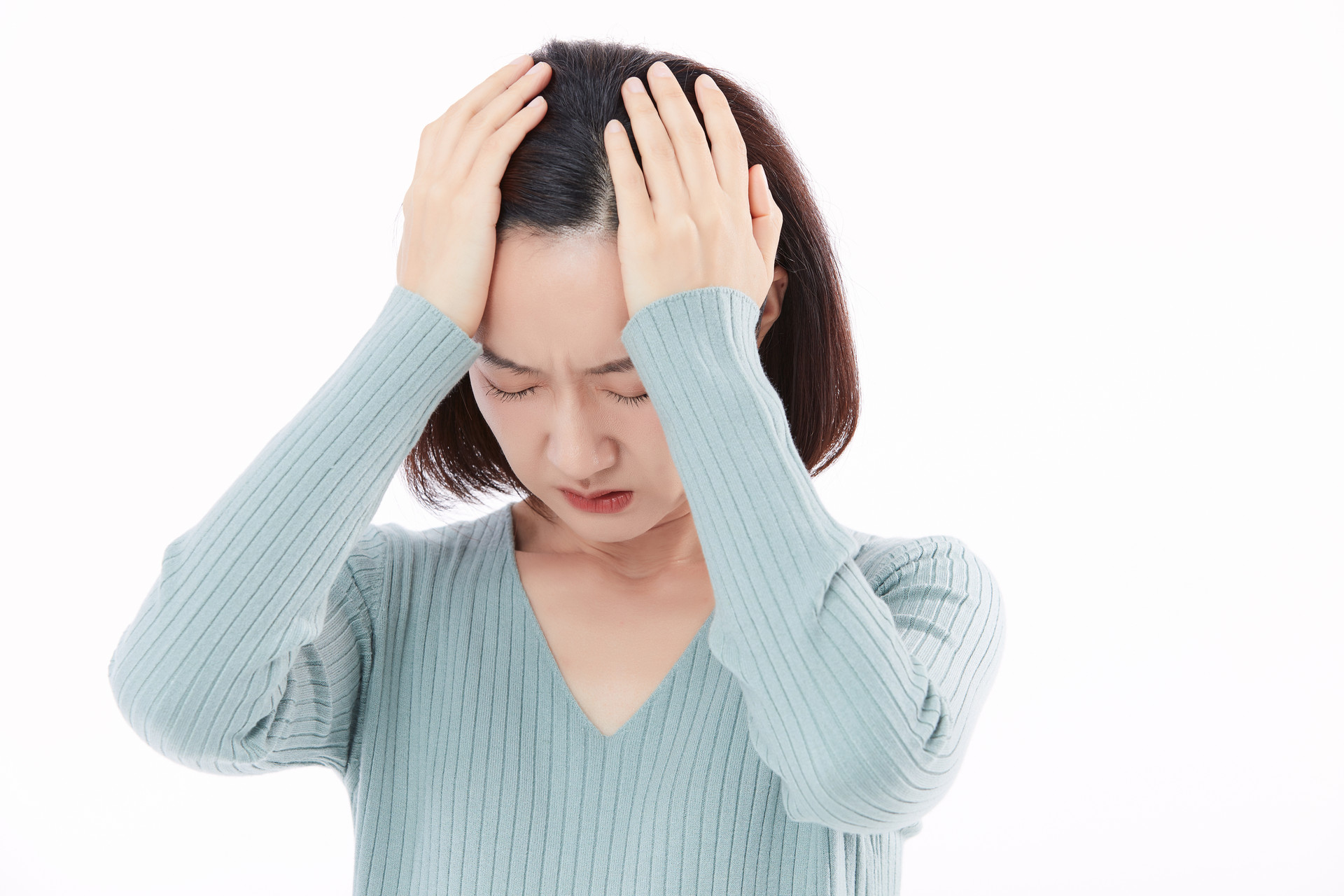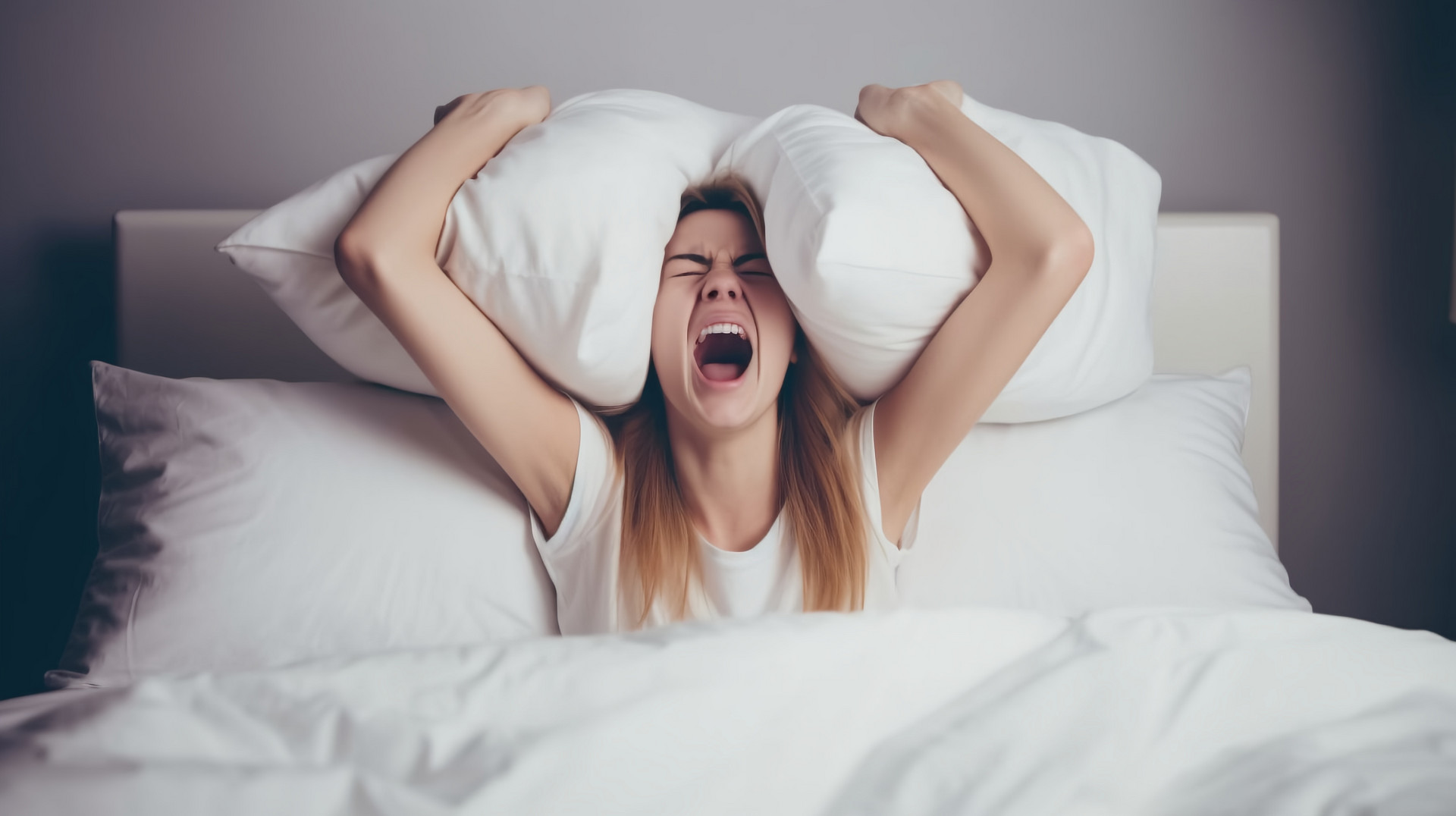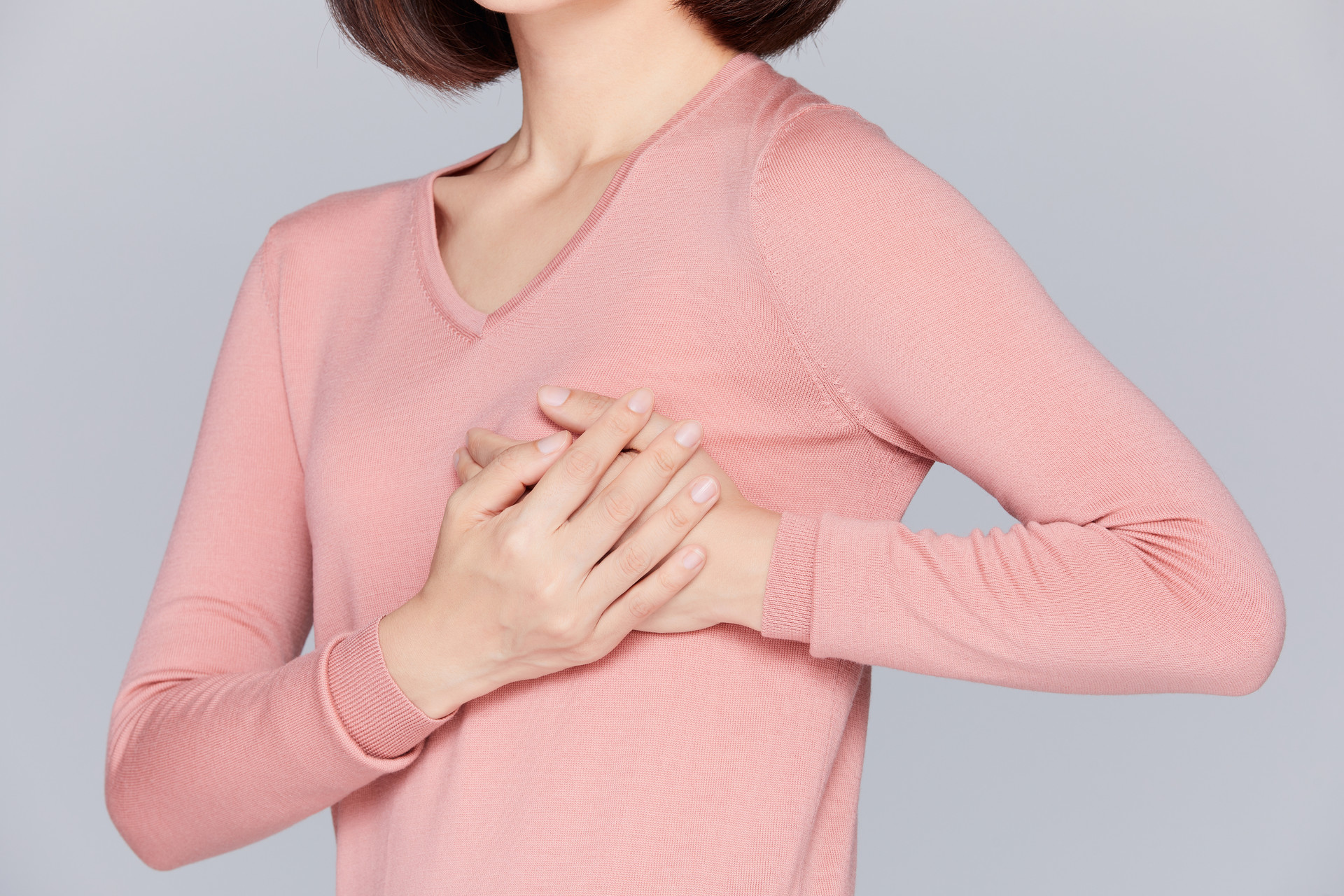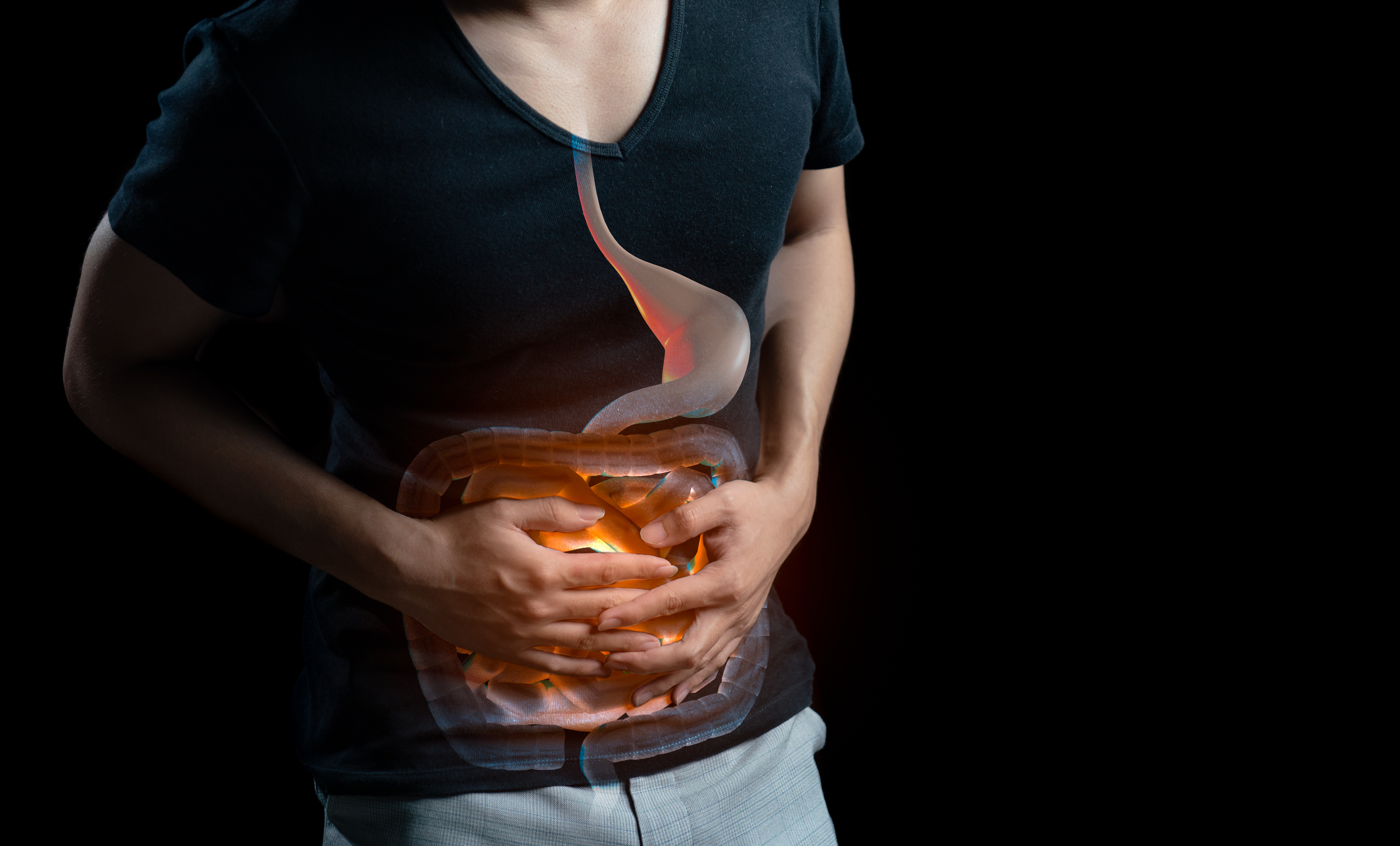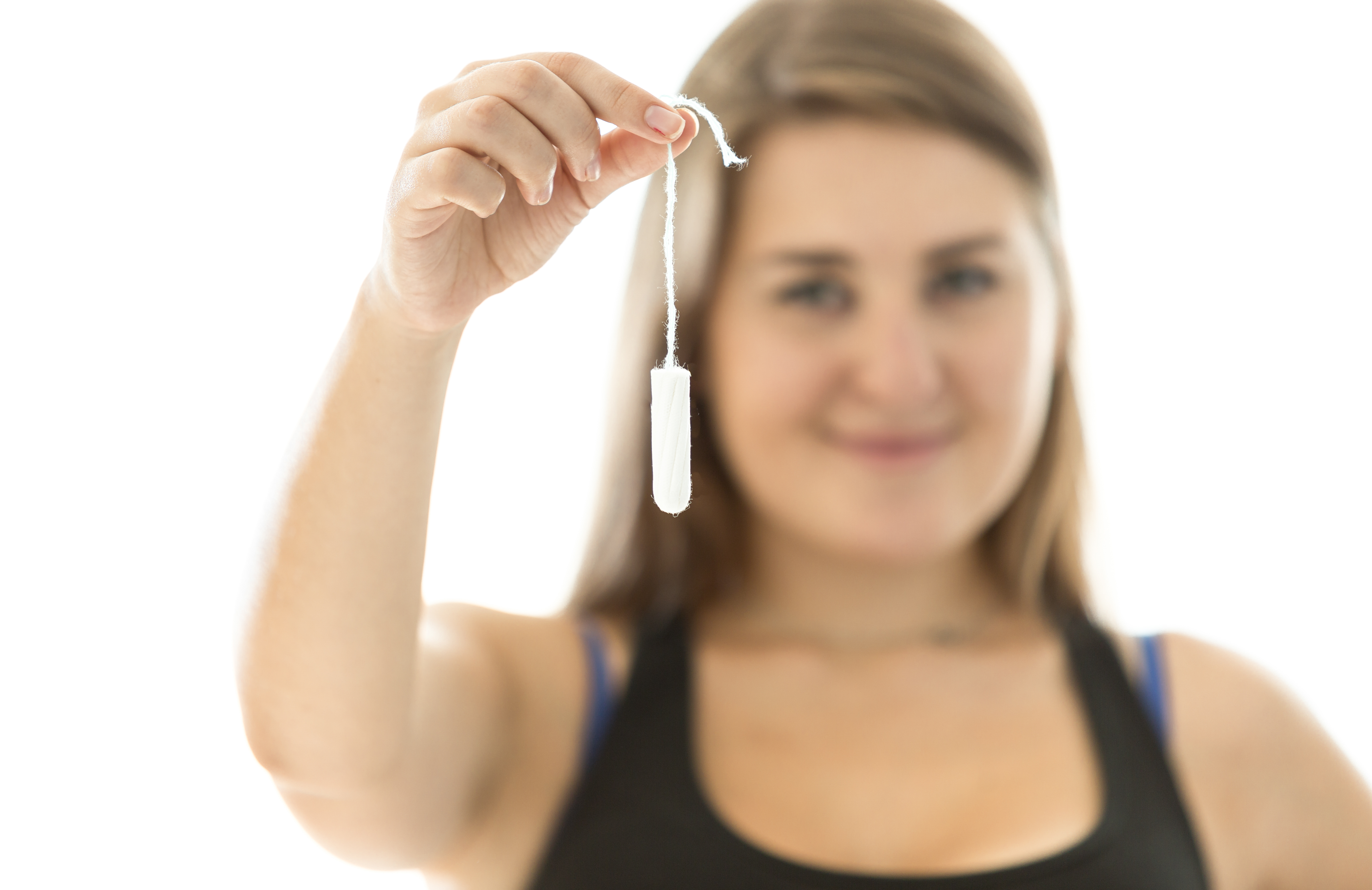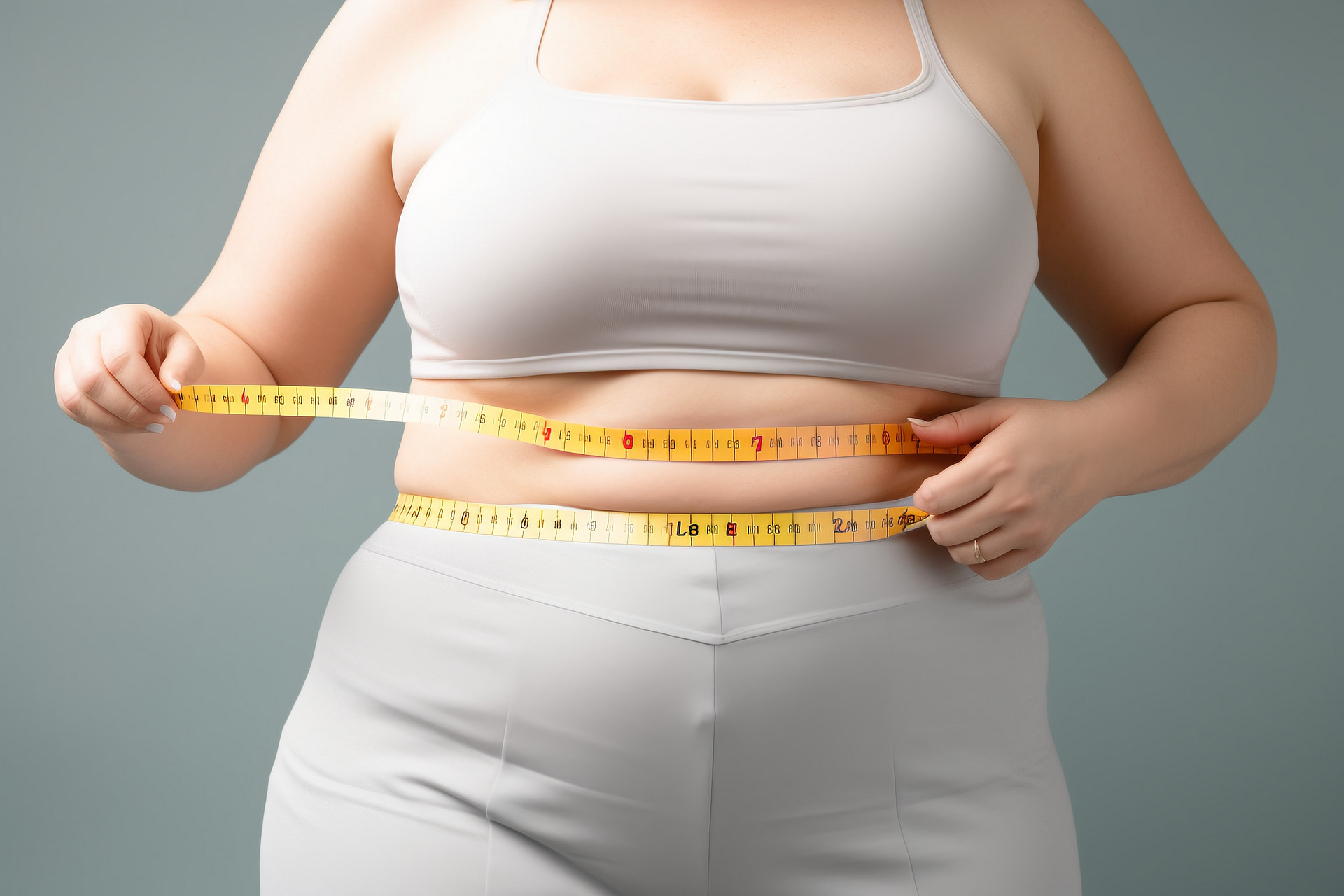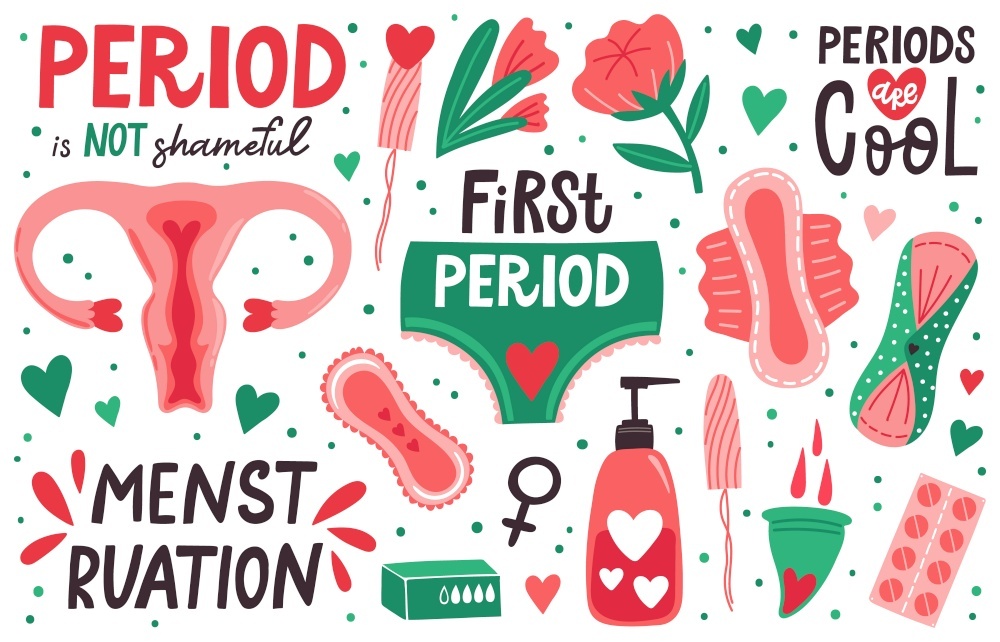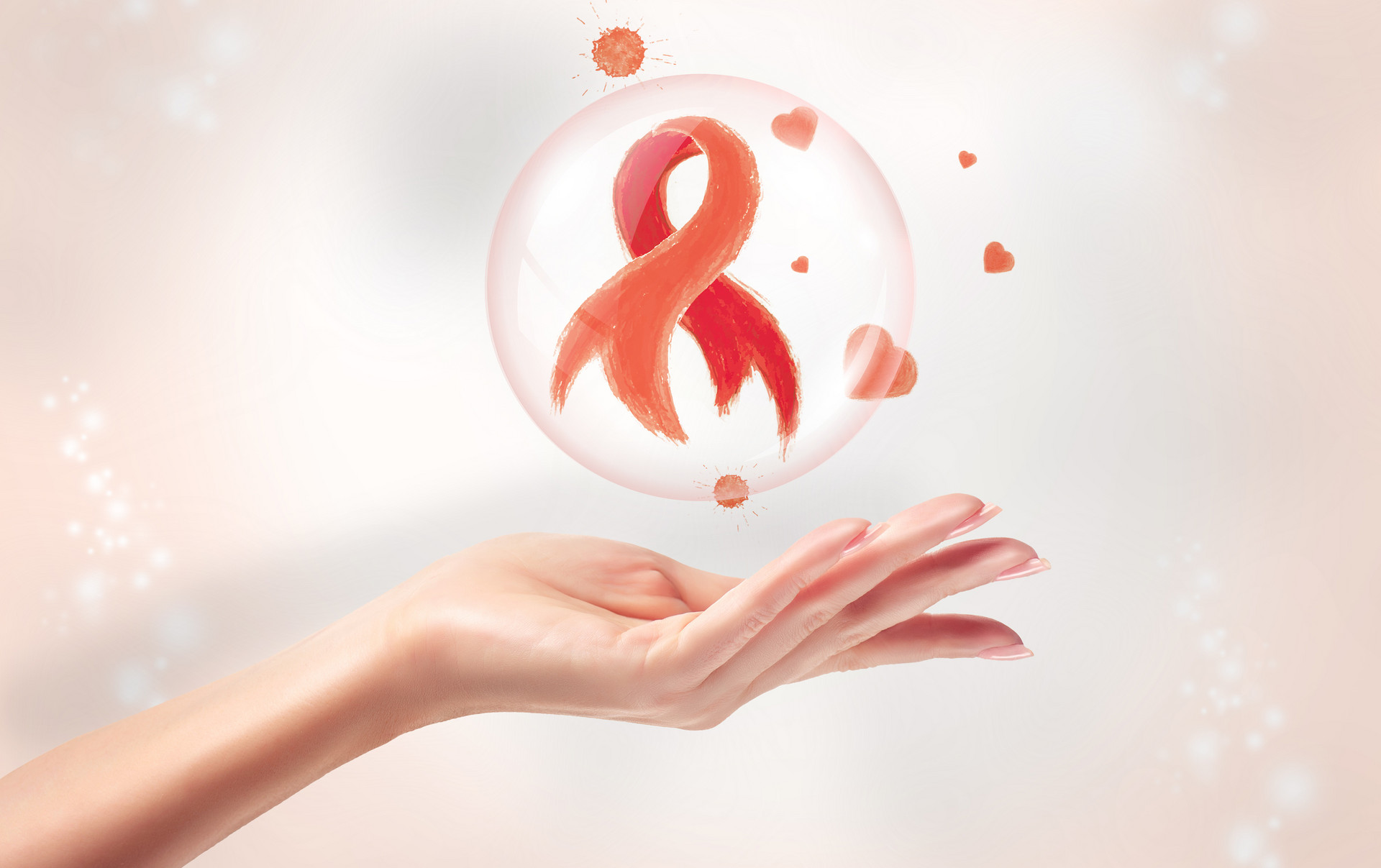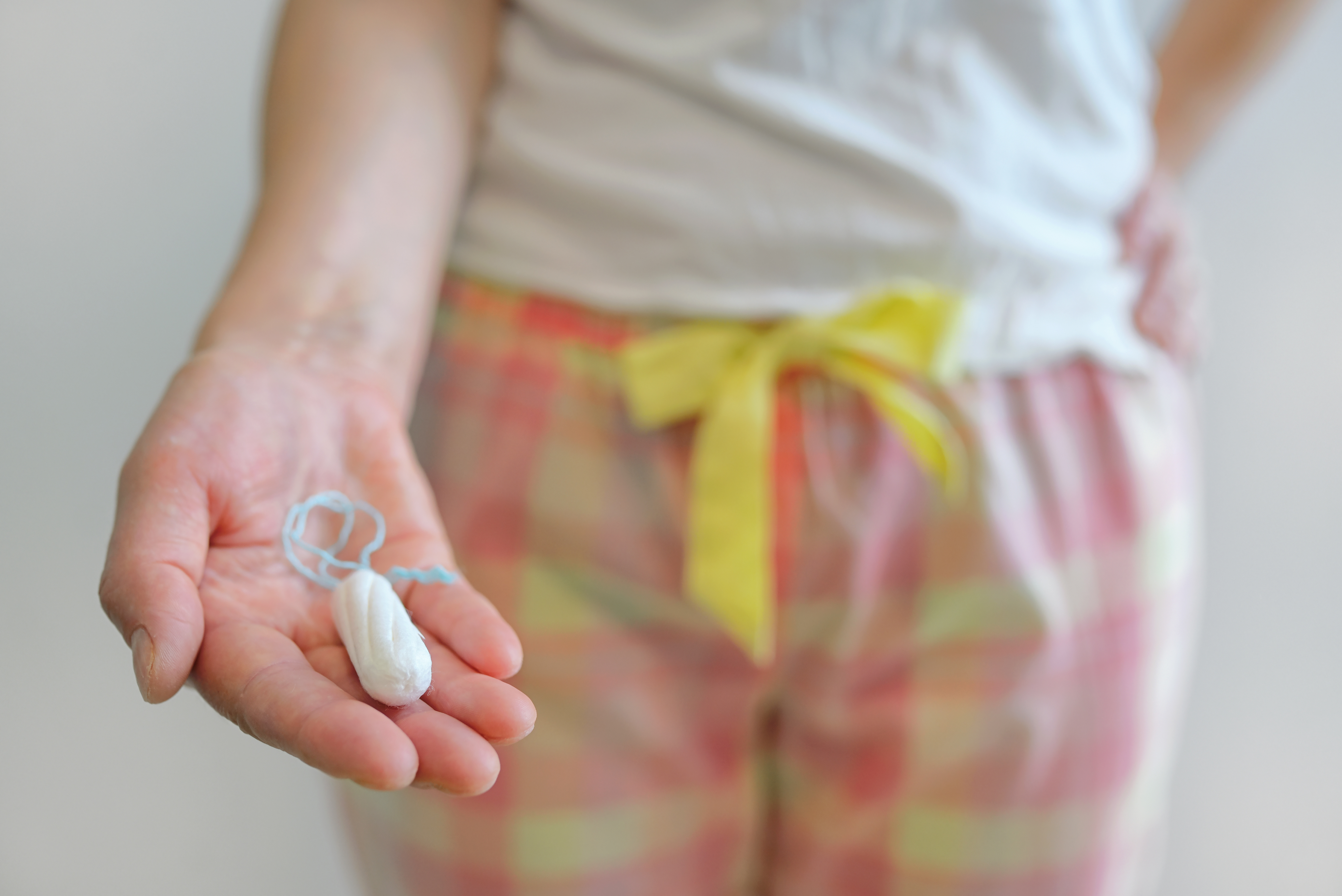As a woman in daily life, it is necessary to pay attention to the health of the body. Health starts with the maintenance of the uterus. The uterus is not only the place where the fetus is conceived, but also the woman's happiness and the capital to maintain her appearance. How can we maintain the uterus?
After-effects of Uterus Removal
1. Affects Breast Health
Removing the uterus may cause harm to the breasts.
The uterus plays a certain role in protecting the body's skin. Once the uterus is removed, the internal environment of a woman's body will also change. Hormonal imbalance may occur, which can lead to breast health problems.
2. Infertility
The uterus is the cradle of life. After the egg and sperm combine to form a fertilized egg, it needs to implant and grow in the uterus. Once there is no uterus, there is no environment for the fetus to grow, and it is naturally impossible to conceive new life.
3. Aging
The uterus and ovaries are two sister organs that are closely related. When one has problems, the other will also react. The ovaries have a great help in maintaining hormonal balance. Once the uterus is removed, it can lead to endocrine disorders;
One of the more common symptoms is a lack of estrogen, and estrogen plays a significant role in maintaining a youthful appearance for women. A lack of estrogen can lead to premature aging.
4. Urinary System Problems
The female reproductive system is closely related to the urinary system. After the uterus is removed, urinary tract atrophy may also occur;
This can further cause a series of urinary diseases, making frequent urination, urgency, and pain a common occurrence.
Foods for Protecting the Uterus
1. Burdock
Burdock is often included in dietary therapy because it is rich in plant fiber.
It contains a large amount of carotene, protein, fat, vitamin A, B1, C, calcium, phosphorus, potassium, iron, dietary fiber, and various essential amino acids for the human body. Among them, arginine can effectively protect the uterus and ovaries.
2. Seaweed
Seaweed contains vitamin B1 and magnesium, which can help bone growth, prevent cardiovascular diseases, effectively regulate blood acidity and alkalinity, and prevent women's diseases. However, seaweed is a cold food and should not be eaten excessively.
3. Banana
Bananas are often used as desserts, and the sweet taste naturally makes people feel happy.
In fact, bananas are rich in vitamin B6, which can reduce menstrual pain symptoms.
At the same time, the potassium in bananas can reduce body swelling. It's a must-eat after menstruation! However, bananas are also cold, so people with cold bodies should eat them in moderation.
4. Longan
Longan contains rich nutrients. According to statistics, every 100 grams of longan contains 3.9 milligrams of iron, which is commonly used in the treatment of anemia;
It can be used to make soup or porridge and is a warm food that can help warm the uterus.
Tips for Uterus Maintenance
1. Keep the Uterus Warm
To maintain our own uterus, the first thing is to keep it warm. Only when the uterus is not cold, will a woman's body be warm and her complexion be good.
2. Dietary Therapy
You can regularly stew jujube and coix seed water to drink, which can dispel dampness and nourish the body, and jujube also has the effect of beauty and skin care.
3. Keep Warm
In summer, do not wear clothes that expose the belly button. Although it is hot in summer, whether the uterus is cold or not is not determined by the season. In winter, try to wear more clothes and pay attention to keeping warm.
4. Drink Hot Water
When women menstruate, drink more hot water and less cold drinks. Try to wash your hair less during menstruation, or blow dry your hair immediately after washing.


